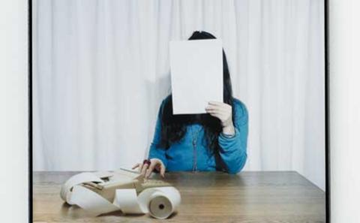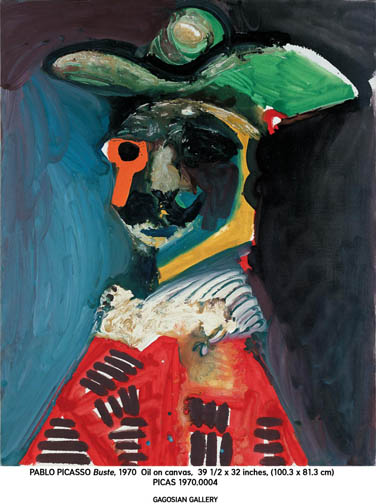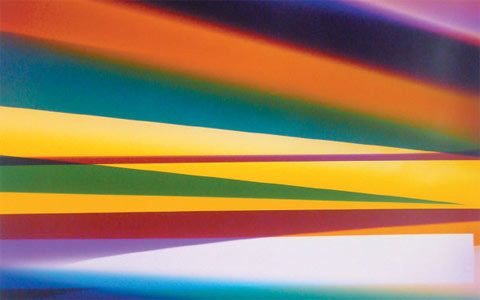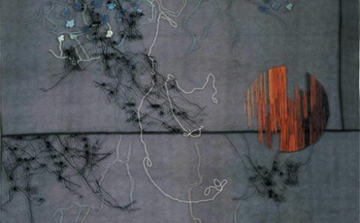Casanovas, do not visit this show. In a juicy new twist on Sophie Calle’s practice of turning her private life into art, the artist invited 107 professional women, from a French intelligence officer to a Talmudic scholar, to respond to a Dear John e-mail she received. Predictably, the resulting dossier in text, photography and video pours scorn on the boyfriend while lavishing Calle with sympathy. But unlike the cringe-worthy wallow in self-pity that was her last show, Calle manages to turn her experience universal, making her project uplifting and entertaining.
Assembling a wide array of opinion on a document of consequence to only two people seems indulgent, but has a quixotic charm. Ironically, its also stymies understanding if you don’t read French, the language of most of the responses. However, given that the show also includes versions of the breakup e-mail in Latin and bar code, Calle may be hinting at a fundamental inability to communicate between her and her ex-lover, or between the sexes. The best responses—from dancers, a sharpshooter, even a parrot who rips up a little replica letter—are forceful with no words at all.
The show’s sense of feel-good, sisterly camaraderie is slightly soured by Calle’s disingenuousness: The break-up letter suggests that the relationship had been short and that both the artist and her boyfriend had continued to see old flames. But the concern that Calle’s responders show her—as when a sexologist gently discourages antidepressants or a clown sticks up for Calle—reinforces the show’s overall message that support is out there, and life goes on




